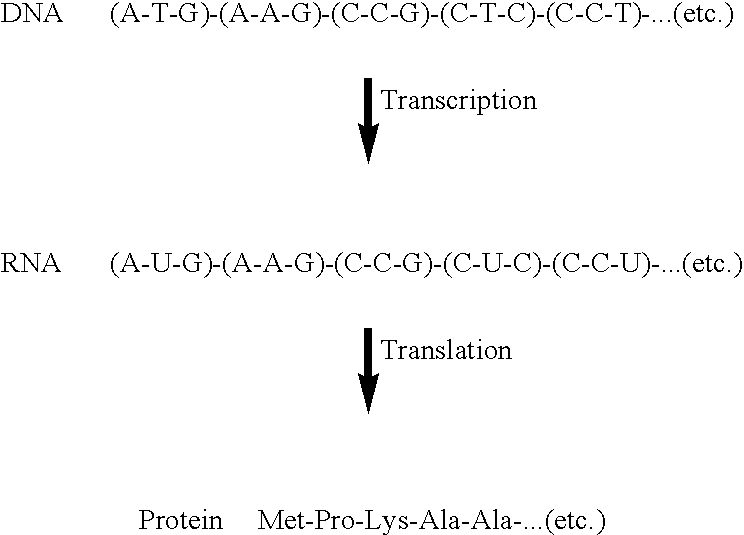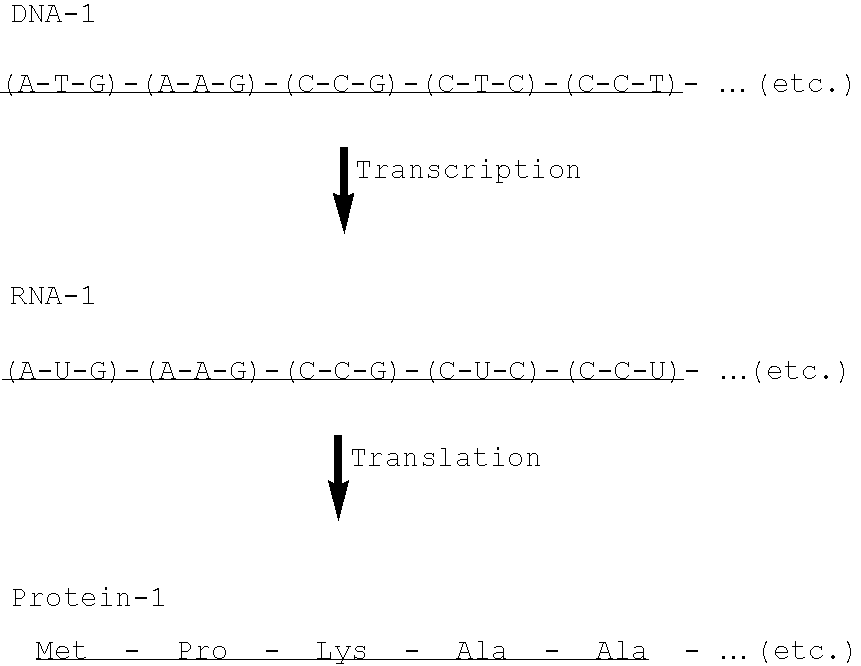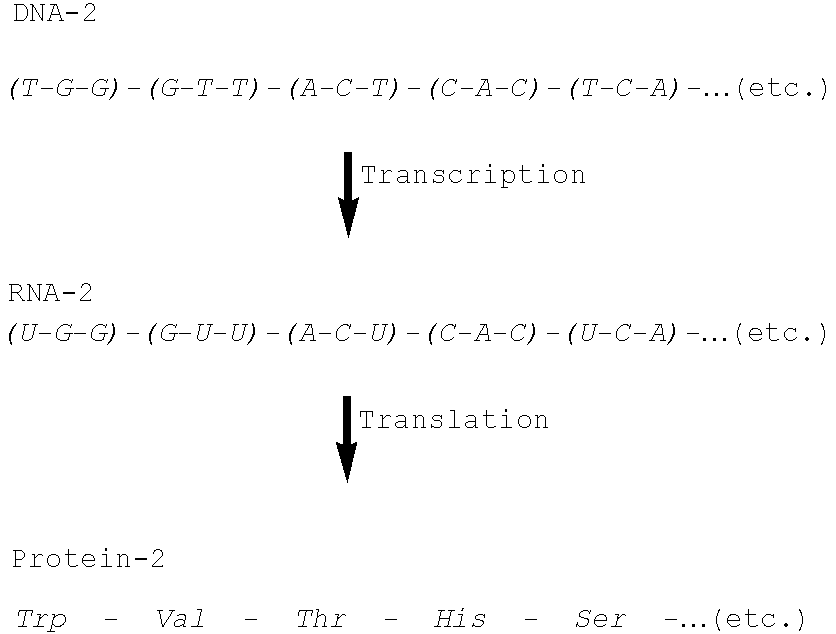Compositions and methods for the transport of biologically active agents across cellular barriers
- Summary
- Abstract
- Description
- Claims
- Application Information
AI Technical Summary
Benefits of technology
Problems solved by technology
Method used
Image
Examples
example 1
Molecular Reagents
[0676] 1.1. Preparation of a Polyclonal Anti-sFv5AF-Cys Antibody
[0677] In the Examples, polyclonal antibodies directed to sFv5AF are used to simultaneously detect the single-chain antibodies sFv5AF and sFv5AF-Cys, and conjugates comprising these sFv's. The anti-sFv5AF polyclonal antibodies were prepared as follows.
[0678] FLAG-tagged sFv5AF was used as an immunogen for the production of antisera (polyclonal antibodies). The antisera was commercially prepared by HTI Bio-Products (Ramona, Calif.). In brief, 200 μg of FLAG-tagged sFv5AF was used for the initial injection (Day 1) with Complete Freund's Adjuvant, followed by boosts of 200 μg fusion protein with Incomplete Freund's Adjuvant every 2 weeks. The injections were subcutaneous. Bleeds were taken at approximately 7 weeks and 9 weeks.
[0679] The sera was screened for reactivity with sFv5AF using an ELISA. Sera that tested positive in the ELISA were examined by Western blot to confirm the presence of polyclonal...
example 2
Cloning of a Simian pIgR
[0680] 2.1. Isolation of pIgR cDNA from Monkey Intestinal Tissue
[0681] Rhesus and Cynomolgus monkey intestinal tissue was obtained from Yerkes Regional Primate Center (Atlanta, Ga.). At least 30 grams of tissue specimens were each prepared from ileum and colon sections where the tissue was excised within one-half hour postmortem, rinsed free of feces with PBS, and then rapidly frozen using liquid nitrogen, shipped overnight on dry ice and stored frozen at −80° C.
[0682] A section of cynomolgus colon weighing 5.3 grams (wet weight) was placed in a 50 ml conical tube and rapidly washed 3-5 times with approximately a 30 ml volume of PBS to remove residual fecal material. The colon segment was removed to a very small plastic weigh boat and a longitudinal incision was made exposing the luminal surface, which was quickly and gently rinsed with ˜50 mls of PBS. One (1) ml of TRizol reagent (Life Technologies) was layered and massaged on the luminal surface, collect...
example 3
Cloning of pIgR Genes from Other Species
[0696] 3.1. Cloning of Rat pIgR cDNA
[0697] A rat liver cDNA library (Clontech) was used as a source for template for the amplification of rat pIgR sequences. The pIgR cDNA was amplified as 5 separate fragments which can be combined to regenerate the entire rat pIgR sequence (see FIG. 14). Alternatively, the sequences contained within separately cloned cDNA's may be used as a source for sequences that encode a rat stalk molecule or sequences derived therefrom.
[0698] As can be seen in FIG. 14, the primers used to amplify the rat cDNA regenerated or introduced restriction enzyme sites into the cDNA for ease of subcloning and other subsequent manipulations. Each fragment was treated with the appropriate restriction enzymes and ligated into a cloning vector (e.g., pBluescript from Stratagene or pUC19 from NEB) in order to generate an “intermediate vector”. The sequence of the inserted cDNA was determined in order to confirm the sequence of the a...
PUM
| Property | Measurement | Unit |
|---|---|---|
| Volume | aaaaa | aaaaa |
| Volume | aaaaa | aaaaa |
| Volume | aaaaa | aaaaa |
Abstract
Description
Claims
Application Information
 Login to View More
Login to View More - R&D
- Intellectual Property
- Life Sciences
- Materials
- Tech Scout
- Unparalleled Data Quality
- Higher Quality Content
- 60% Fewer Hallucinations
Browse by: Latest US Patents, China's latest patents, Technical Efficacy Thesaurus, Application Domain, Technology Topic, Popular Technical Reports.
© 2025 PatSnap. All rights reserved.Legal|Privacy policy|Modern Slavery Act Transparency Statement|Sitemap|About US| Contact US: help@patsnap.com



